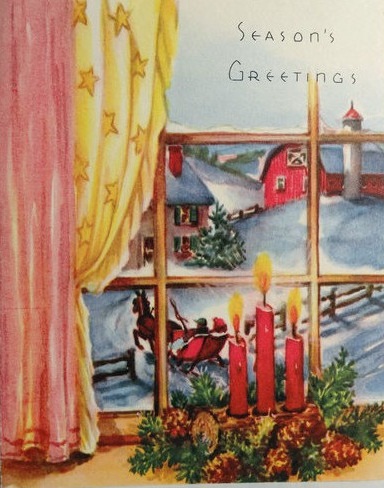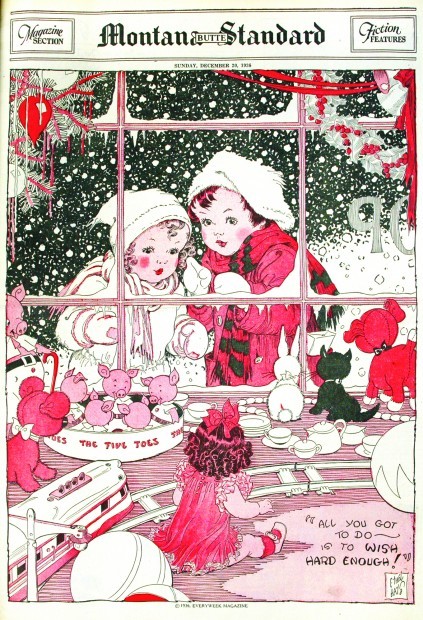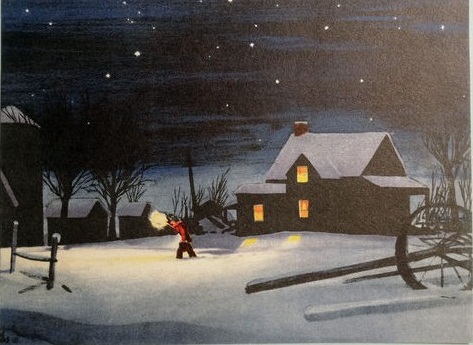
Every writer at some point will think about who his or her readers are. In commercial publishing, defining your reader points to the target market for your work and the literary genre you fit into (e.g. Young Adult, Women’s Fiction, Thriller, Fantasy). This is critically important to selling books. But what about when you are not writing with the goal of being published? What if your readership is less than ten people? Is there still a reason to think about your reader?
My answer is yes, because regardless of whether you are writing for a million readers, or one reader, imagining this person will motivate you to complete your book.
“We read books to find out who we are. What other people, real or imaginary, do and think and feel… is an essential guide to our understanding of what we ourselves are and may become.”
Ursula K. LeGuin
Your reader, like your writing, is ultimately a facet of yourself.
In writing you will come to a greater understanding of yourself, the life you have lived, the experiences that you have had, and the choices you have made. If exploring that terrain fascinates you, but you still don’t see how anyone else would find it compelling read, the next step is to zoom out and take a 10,000 ft view of your life story.
If you could go up in a hot air balloon and look down on the timeline of your life, what would you see? Are their major peaks and valleys, bends in the river, or places where streams converged and then branched off? Perhaps you can see that a major landmark in your life was when you moved from a small town to a big city in your youth, causing your worldview to expand and leading you towards your career and life calling. Millions of people who made a major move like that could relate to your story, and be interested in reading a book that explores that topic. Often when we go beyond the particulars of our story to reveal the larger themes and questions raised in it, we can see how it would resonate with others.
Readers for personal memoirs
If you are writing a personal memoir book that you only plan to share with close family and friends, the need to think about your reader is perhaps even more important. First of all, you know these readers – they are your children or your siblings, best friends and grandchildren. Don’t stop with them though. Think about your grandchildren’s grandchildren. What kind of world will they be growing up in? They will have no idea what it was like to live before there was the internet, mobile devices, and artificial intelligence running everything. How fascinating would it be for them to read about your childhood: the games you liked to play; your favorite shows and books; the house you lived in; and every other mundane detail that you just took for granted?
Think about all the innovations and major societal changes that took place in your lifetime, and in the lifetimes of your parents and grandparents. It is mind-blowing how much our day-to-day reality has changed in the past century, and yet we hardly stop to reflect on that. Your story provides a portal for your reader to access a time and place that will never exist again.
“One glance at a book and you hear the voice of another person, perhaps someone dead for 1,000 years. To read is to voyage through time.”
Carl Sagan
Your story matters to someone out there, either now or in the future. Try to picture who that reader is. Imagine them opening your book, reading your words, and feeling your sentiments connect with them across space and time. This is true time travel, and you have the ability right now to make it happen. How amazing is that?




